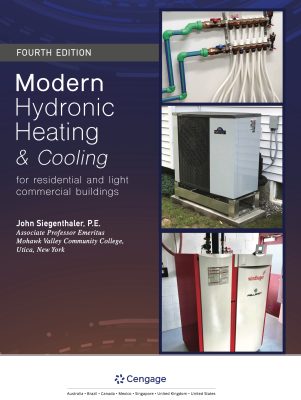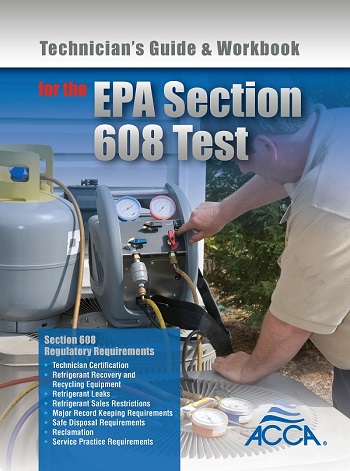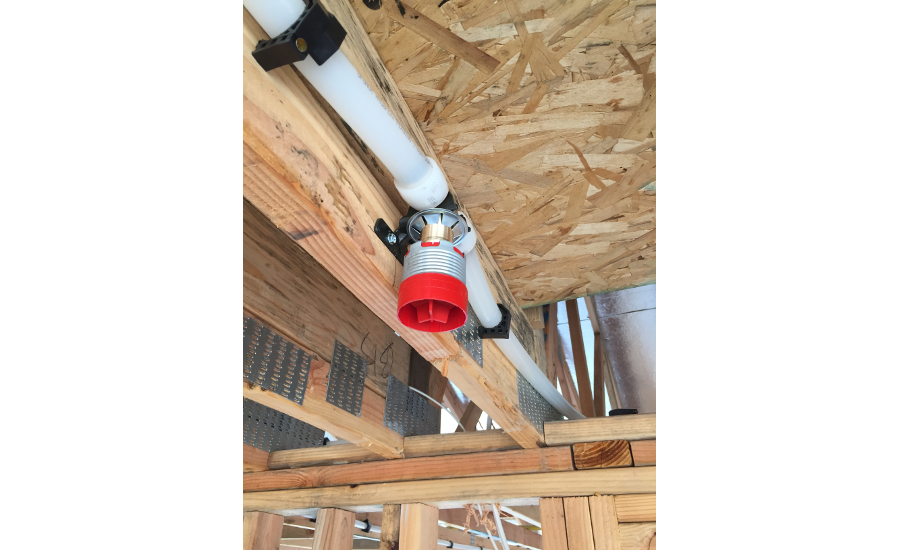The case for residential fire sprinkers
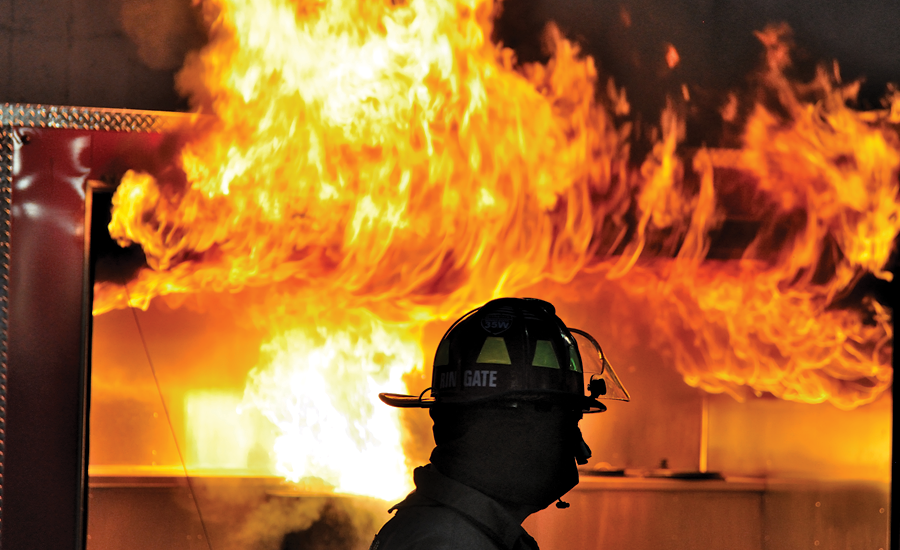
Flashover — the point at which a fire will overtake a home or building — occurs in as little as four or five minutes. In newer homes, a floor can collapse in less than 10 minutes, and sometimes as little as three. Fire sprinklers can give people time to get out of the building.Photo credit: Uponor
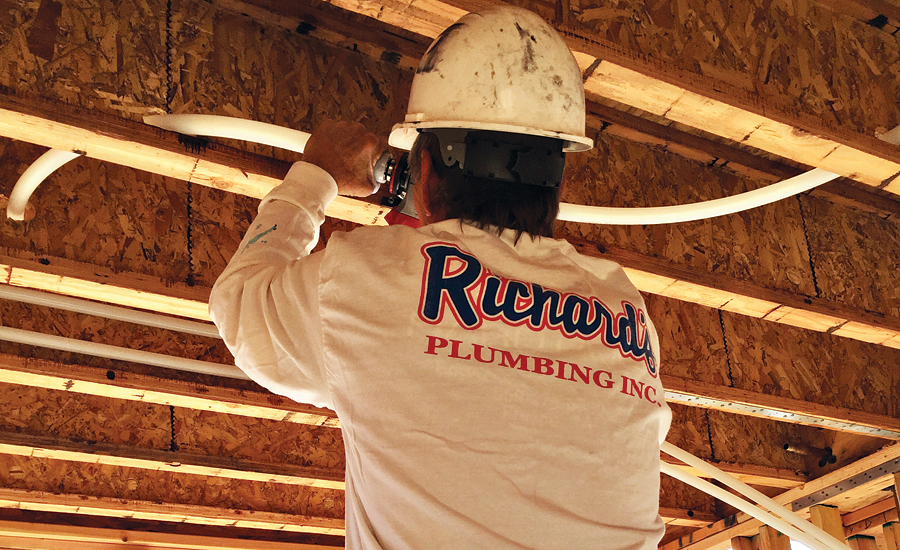
Fresno, Calif.-based Richard’s Plumbing has been installing Uponor AquaSAFE multipurpose residential fire sprinkler systems in tract development homes since 2010.Photo credit: Richard’s Plumbing

Plumbing contractors interested in entering the home residential fire sprinkler business need to learn how to install multipurpose systems, which can be used for potable domestic water and fire protection.Photo credit: Uponor
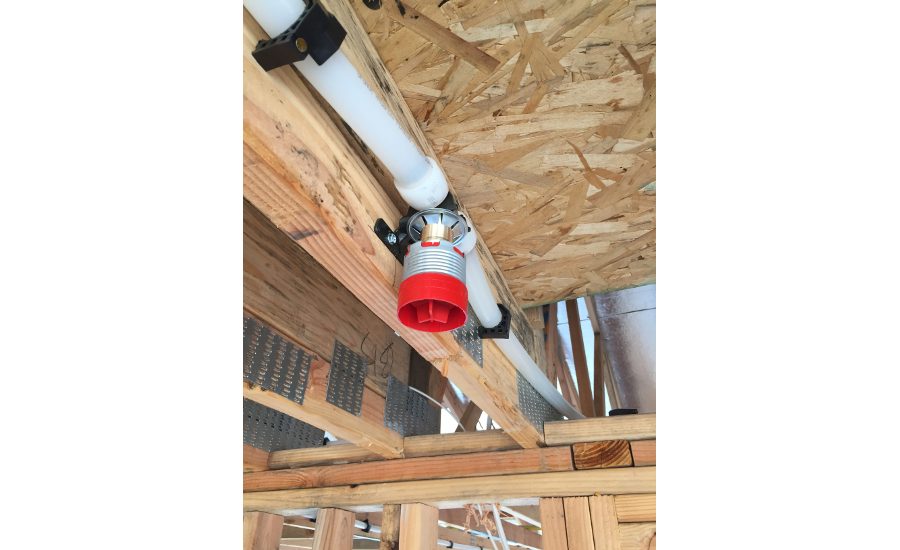
Many misconceptions surround fire sprinklers and have been reinforced by the movie industry. Fire sprinklers do not all go off at the same time, and a smoke detector will not always give occupants time to leave their home safely. Photo credit: Richard’s Plumbing

Home fire sprinklers are unobtrusive and will not activate until the fire’s heat reaches 155° F to 165°— usually within one minute of a fire starting. Photo credit: Uponor

Data from the National Fire Protection Association says that 92% of civilian structure fire deaths resulted from home structure fires. These fires can start anywhere — even the garage. Photo credit: Uponor






Fire. It’s one of the most destructive forces that human beings encounter. It destroys homes and businesses. It devastates communities. It takes lives.
The National Fire Protection Association’s latest U.S. data notes 92% of all civilian structure fire deaths resulted from home structure fires. So doesn’t it make sense to protect ourselves from fire whenever and wherever we can?
Today, commercial buildings, offices, hotels and restaurants have fire sprinkler systems installed to protect property as well as the lives of the occupants/customers. Yet attempts to add such systems to residences has met with resistance from builders and homeowners.
“The No. 1 misconception that is used the most to fight against the sprinkler requirements is the cost,” explains Melisa Rodriguez, design services supervisor for Uponor’s fire safety division. “A few years ago, the national average was around $1.60 per sq.-ft. The newest published data has actually dropped it to about $1.30 per sq.-ft. I think the easiest way to frame it in the mind of a homeowner is that it costs about the same as upgrading to granite countertops.”
She adds fire sprinkler systems will be less expensive in areas where a lot of sprinklers are installed with a good pool of contractors trained to install them. If homeowners live in an area where home fire sprinklers are still new and the contractor base isn’t there, it could cost more than the national average.
The second misconception is how sprinklers deploy.
“I’ve found that people believe all the sprinklers are going to go off at the same time,” Rodriguez says. “So a lot of homeowners and builders are worried about water damage if they burn their toast. The movies still show all the sprinklers going off at once and every time I see that, I go, ‘No!’ It’s only the sprinkler closest to the fire that will go off and it’s only activated by high heat.”
What constitutes high heat? She explains that a standard residential sprinkler will activate around 155° F to 165°, meaning a sprinkler will usually activate within one minute of a fire starting. A single sprinkler will put out between 13 gal. and 18 gal. per min., compared to a fire hose that pumps water at 150 gpm.
Timing is the third misconception. Many people believe, since they have smoke detectors in their homes, they will have plenty of time to get out of the house before the fire gets to the point where it’s life-threatening, Rodriguez notes. Yet flashover — the point at which a fire will overtake a home or building — occurs in as little as four or five minutes. And when flashover occurs, the temperatures in that room are more than 1,000°.
“By the time the fire department arrives and is putting water on the fire, you’ve got a lot of fire damage,” she adds. “You can dry things out, but you can’t unburn them.”
Modern home design and construction materials play a big part in flashover, says the Home Fire Sprinkler Coalition. Research conducted by Underwriters Laboratories and the National Institute of Standards & Technology indicates engineered lightweight materials, combined with modern open layouts, create more dangerous conditions faster and fail sooner compared to older dimensional lumber systems.
Engineered lightweight construction materials are strong and economical (reduces build times and saves money), as well as more environmentally sustainable and structurally stable under normal circumstances. For these reasons, homebuilders prefer to use such materials when building new homes.
Another feature of modern homes that contributes to faster and hotter fires is the popularity of open layouts. Large homes with open areas and high ceilings provide no barriers to the spread of fire. The greater volume of air available in such homes allows fires to grow larger and more quickly, making them lethal to occupants and firefighters. They also are much more difficult to extinguish when fire crews arrive.
Because of this, new codes are requiring that floor joist protection is provided in areas where wood floor joists are exposed, Rodriguez says. “In legacy construction, you wouldn’t see a potential for floor collapse for at least 20 minutes,” she explains. “The testing done on new floor joist construction sees floor collapse in less than 10 minutes and sometimes in as little as three.”
If a homeowner wants to leave the basement unfinished, the International Residential Code now requires exposed floor joists be protected with either a layer of Sheetrock, spray-on fireproofing chemicals or a partial sprinkler system.
The ultimate protection
Despite these misconceptions, more homeowners seem to understand that fire sprinklers will save the lives of themselves and their families. A May 2014 Harris Poll conducted on behalf of the HFSC notes 74% of respondents would be more likely to buy a home with fire sprinklers, 69% say a sprinklered house has more value and 78% say fire sprinklers provide the ultimate protection for residents.
“People who have lived in homes with fire sprinklers are more likely to prefer that their new home also has fire sprinklers,” Rodriguez notes.
California and Maryland mandate fire sprinkler systems in all new homes built statewide, Rodriguez says, noting Minnesota had a sprinkler mandate for homes more than 4,500 sq. ft. However, various builder associations filed a lawsuit saying 4,500 sq. ft. was an arbitrary number, and the requirement was taken out of the code.
“There was no scientific backing about why that specific number,” she explains. “So we are confident that in the future, perhaps over the next code cycle, Minnesota will have a residential fire sprinkler mandate with no cutoff.”
Other states that have gotten close include Pennsylvania, she notes, and there’s a push to mandate them in Texas and New York. Many jurisdictions have local requirements for home fire sprinklers, sometimes in areas not accessible to the fire department, including parts of Oregon, Washington, Florida and Illinois. Scottsdale, Ariz., mandated home fire sprinklers more than 30 years ago.
“Statewide, a sprinkler mandate may be a difficult sell, but these local jurisdictions can do it, as long as the state doesn’t prohibit it,” Rodriguez says.
Some builders are finally realizing fire sprinklers are another life-quality option they can offer their clients, Rodriguez adds, equating them with car seatbelt and airbag requirements that the auto industry fought for years to have implemented.
Just as other systems and equipment in the home need maintenance, home fire sprinkler systems require annual checkups to ensure they are in proper working condition, HFSC says, such as making sure sprinklers aren’t painted and that nothing is hanging from them or blocking them. Valves should similarly be checked to ensure they are turned on.
The NFPA says that, once a month, homeowners or sprinkler contractors should test the pump (if any) and visually verify that all valves are open and the storage tank (if any) is full. Twice a year, the water-flow device and monitoring service (if any) should be tested.
Filling a niche
Fresno, Calif.-based Richard’s Plumbing has been installing plumbing systems in tract homes for almost all of its 39 years in business. The area has available land that developers quickly snap up to build tracts of homes at reasonable prices, notes Vice President Randy Smith. “I believe that’s why we’ve stuck to that niche,” he says. The local builder the company does the most business with is McCaffrey Homes.
California mandated residential fire sprinklers in 2010. Company President Terry Fletcher immediately signed himself up for fire sprinkler planning school, where he spent several weeks learning how to install fire sprinkler systems in homes. He also obtained a C16 fire protection license required by the state at that time in order to install these systems; that requirement has since been rescinded.
“We believe fire sprinklers are a life-safety issue,” Smith says. “They are meant to give people time to get out of the house, not preserve the structure.”
Richard’s Plumbing used Uponor PEX pipe for all the plumbing systems it installs in those tract homes, so it just seemed natural for Fletcher to stay with the company and its AquaSAFE multipurpose product when the company moved into the home fire sprinkler business.
Two types of fire sprinkler systems are available for installation — stand-alone and multipurpose. With stand-alone systems, the piping only is to be used for fire protection. Contractors used to be limited to the type of piping used in stand-alone systems — copper, steel and CPVC. Now PEX tubing is allowed in the residential fire protection standard, NFPA 13D, as an installation material.
Stand-alone systems will have stagnant water in the lines, and in many jurisdictions a backflow prevention device is required to keep the stagnant water or water in contact with leaded fittings from getting into the drinking water. However, plumbers can’t touch such systems; usually a fire sprinkler contractor is required to install a stand-alone fire sprinkler system.
Multipurpose systems can be used for potable domestic water and fire protection. Because of the potable water connections, all system components must be lead-free — sprinklers as well as fittings. This can drive up the cost a bit, Rodriguez says. But plumbers can and do install these systems as fire sprinkler contractors only can run the sprinkler and sprinkler pipe. A licensed plumber is required to connect to the cold-water fixtures.
“With multipurpose, the cold water supplying the fire sprinklers also supplies domestic plumbing cold water,” Smith explains. “So the PEX is installed in loops and connected with tees, etc., to balance the system.”
Uponor’s Fire Safety Design Department can prepare stamped and certified designs for contractors who don’t have a qualified designer on staff. When Richard’s Plumbing gets a plumbing and sprinkler job, it supplies an Uponor designer with the basic information needed for the design and calculations, such as available water pressure, available size of the supply pipe, distances covered to any given fire sprinkler and the type of sprinkler to be used. Uponor then provides a floor plan with size and sprinkler-head locations. The plan is then sent to the city of Fresno for approval.
“In a tract development, there may be four to eight different floor plans,” Smith notes. “So we can use the Uponor sprinkler design in a similar house within the development, not just on one home. That makes it cost-effective for us.”
Uponor requires every home sprinkler system have a field-conducted flow test where sprinklers discharge water into buckets, the water volume is measured, and a verification form is filled out and signed by the contractor.
Local requirements
Most jurisdictions require a licensed plumber for multipurpose fire sprinkler installations. Some states have considered a second requirement — a C16 fire sprinkler license. As previously mentioned, California did require C16 certification but has since eliminated the requirement. Minnesota also considered a special level of certification, Rodriguez notes, but legislators decided they didn’t want to limit who can install the systems if they decide to mandate them for new home construction.
Other states may have special licenses or certifications, or they may not. “It’s important for plumbing contractors to find out what is required in the area they are working in,” Rodriguez says. “Some of that information can be found at www.firesprinklerinitiative.org.”
Regardless if your jurisdiction requires fire sprinkler certification, your technicians need to be trained on sprinkler installation. Uponor requires its plumbing contractor clients to attend its AquaSAFE training classes before placing even one sprinkler inside a home. Two levels of training are available: Level One, which is classroom-based training on how to read NFPA 13D; and Level Two, which is hands-on training at a building site or at the corporate training center in Apple Valley, Minn.
Rodriguez says that while some states, such as Wisconsin, may provide training for plumbers on home multipurpose systems, much of the education in the industry is geared toward commercial sprinkler solutions. This includes the NFPA, the National Fire Sprinkler Association and the American Fire Sprinkler Association.
Plumbing contractors will need a different kind of insurance coverage to enter into the fire sprinkler business, Rodriguez says, so they’ll need to talk to their insurance company and find out what their options are.
Fire sprinkler services can be a lucrative add-on to a business. “It’s been great for us, another piece of the pie,” Smith says. “While we’re in the house doing the domestic plumbing, we’re also including the fire sprinkler system. So it’s a matter of one contract instead of two for the builder, and time savings for the homeowner.”
Looking for a reprint of this article?
From high-res PDFs to custom plaques, order your copy today!







